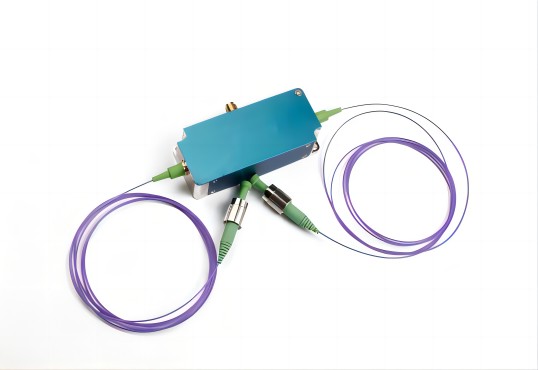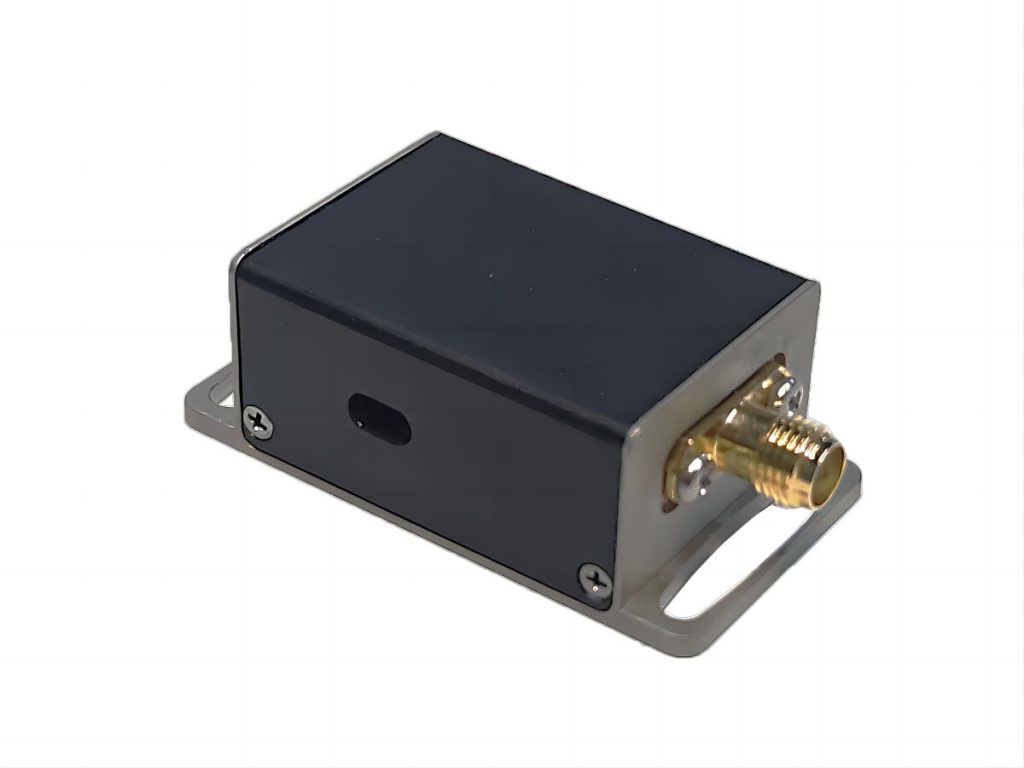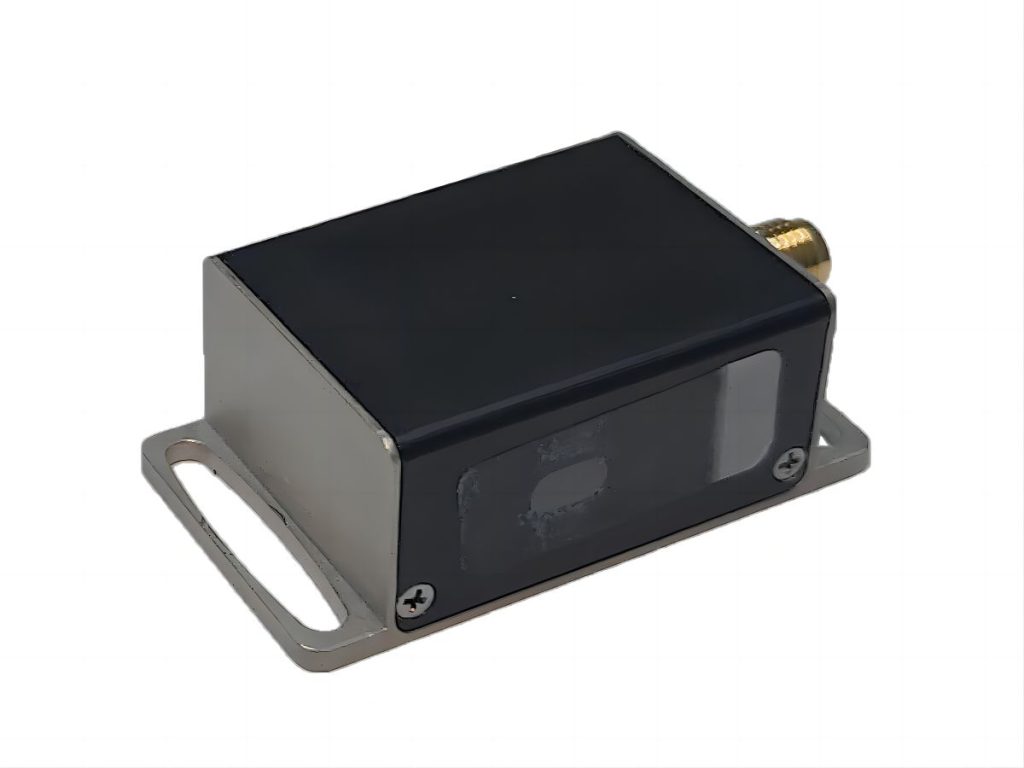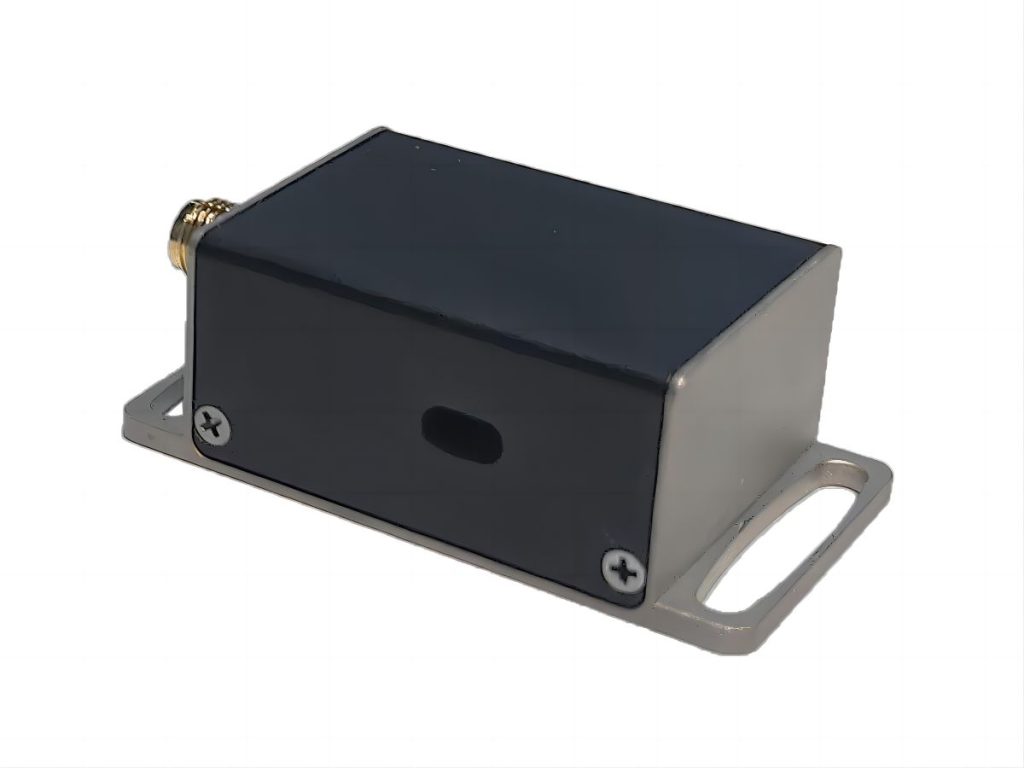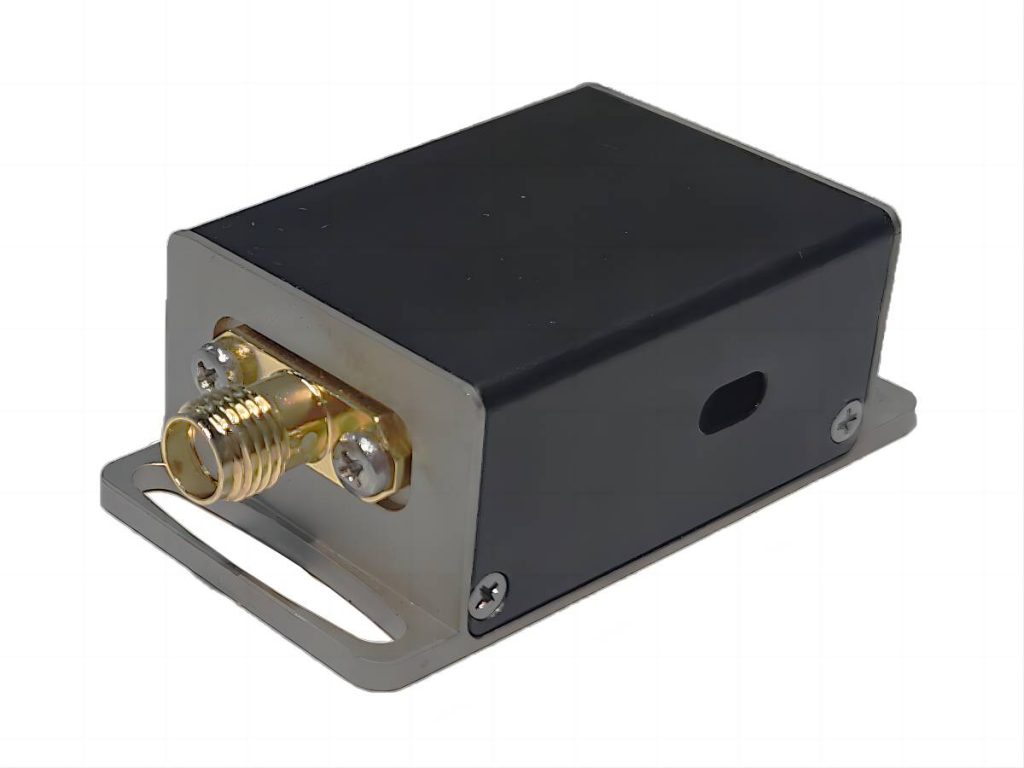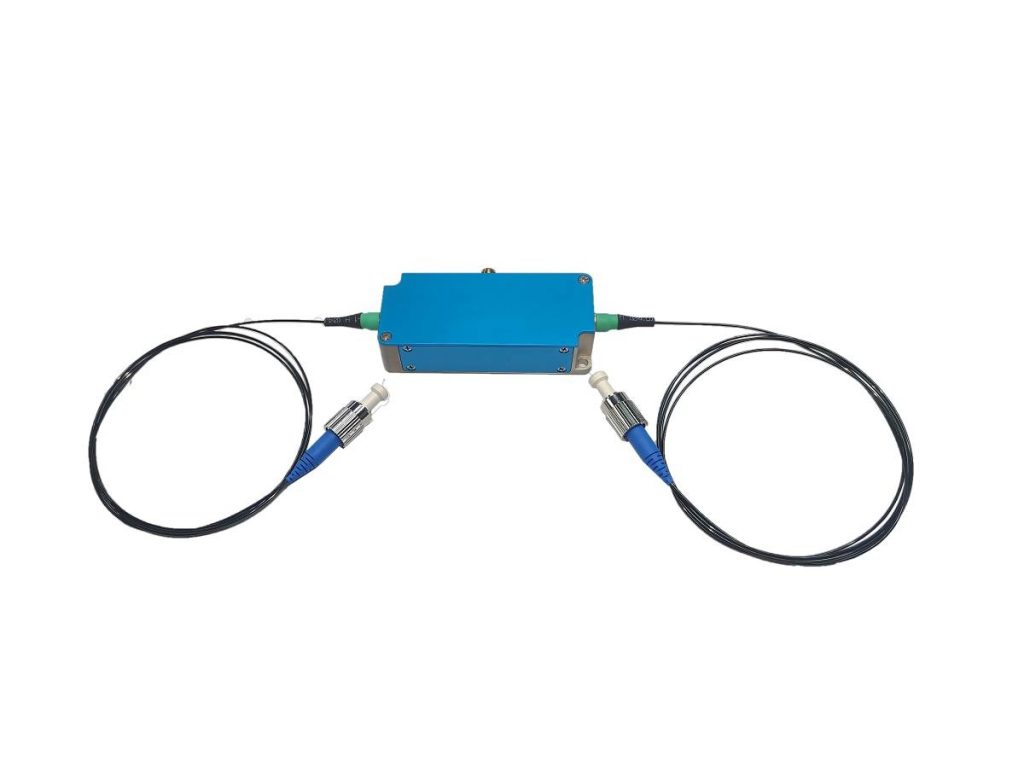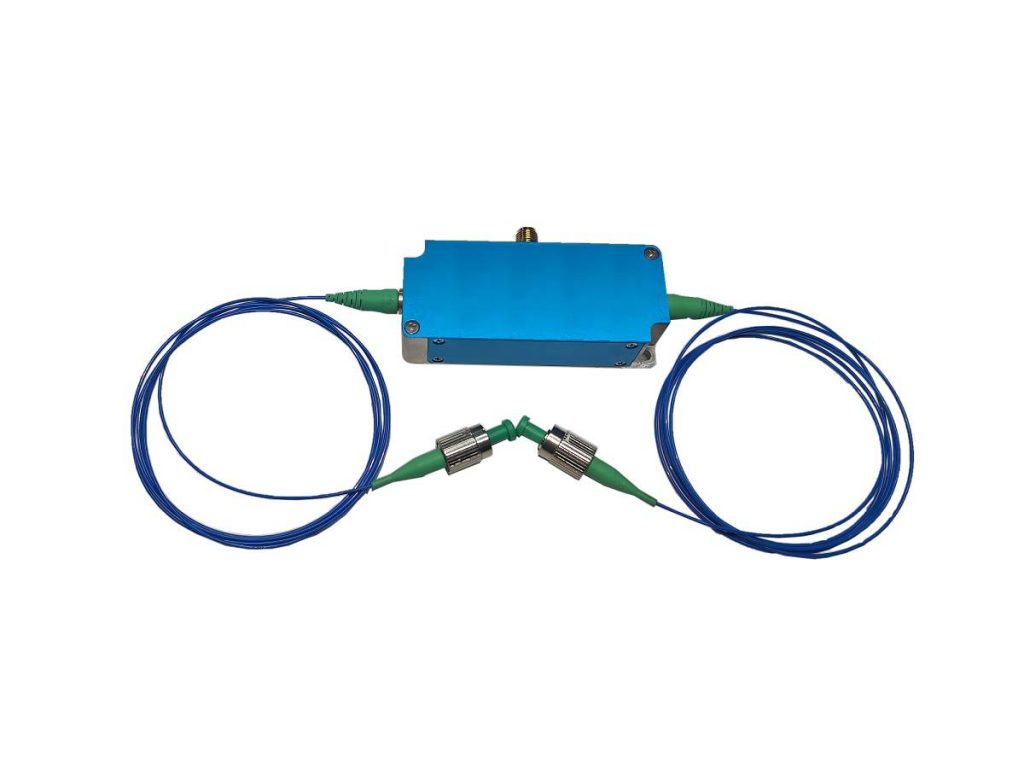Acoustic Optical Modulators vs. Pulse Width Modulators in Laser Control
In the realm of laser control, precision is paramount. Whether in scientific research, industrial applications, or medical procedures, the ability to manipulate laser beams with accuracy and efficiency is crucial. Central to this capability are modulators, devices that shape and control laser output. Two commonly used modulators are acoustic optical modulators (AOM) and pulse width modulators (PWM). Understanding the differences between these technologies is key to optimizing laser control systems for various applications.
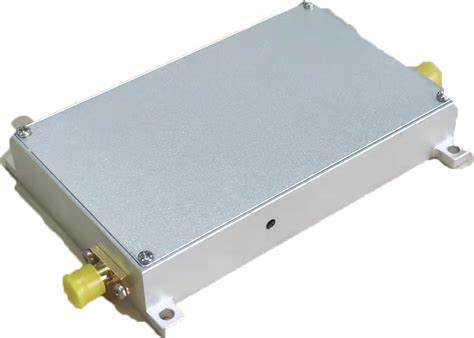
The Difference Between Acoustic Optical Modulators and Pulse Width Modulators
Acoustic optical modulators (AOMs) and pulse width modulators (PWMs) are both tools for controlling light, but they take very different approaches:
Acousto-Optic Modulators (AOMs)
- Function: AOMs use sound waves to manipulate light. They create sound waves in a material, which then change the material’s refractive index. This change in refractive index bends the light or diffracts it, effectively controlling the intensity of the light beam.
- Control: AOMs are driven by electrical signals that control the sound wave. By varying the electrical signal, you can vary the intensity of the light beam. AOMs can achieve high speeds but have limitations on minimum pulse width due to the sound wave travel time.
- Applications: AOMs are well-suited for applications requiring high power handling and broad wavelength operation. They are commonly used in lasers for pulse picking, Q-switching, and mode-locked lasers.
Pulse Width Modulators (PWMs):
- Function: PWMs are electronic devices that control the duration (pulse width) of a digital signal. In the context of light modulation, a PWM can be used to turn a light source on and off rapidly, effectively controlling the average intensity of the light perceived by the human eye.
- Control: PWMs use digital signals to control the on and off periods of the light source. By changing the duty cycle (ratio of on-time to total time) of the PWM signal, you can control the average brightness of the light.
- Applications: PWMs are simpler and cheaper than AOMs and are ideal for applications where high-speed modulation is not critical. They are commonly used in LED dimming applications and for controlling the brightness of displays.
Here’s a table summarizing the key differences:
| Feature | Acousto-Optic Modulator (AOM) | Pulse Width Modulator (PWM) |
| Modulation Method | Sound wave | Digital signal |
| Control Parameter | Electrical signal frequency | Duty cycle (on time %) |
| Advantages | High power handling, broad wavelength | Simple, inexpensive |
| Disadvantages | Limited minimum pulse width | Not ideal for high speeds |
| Typical Applications | Laser pulse picking, Q-switching | LED dimming, display control |
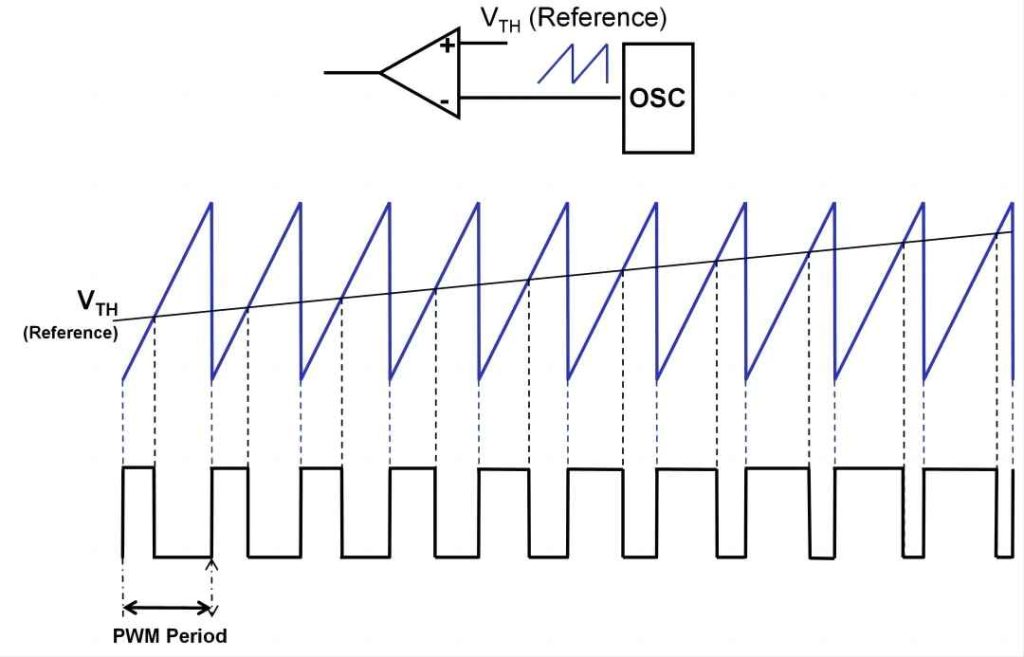
What are the Advantages of PWM and AOM in Laser Control?
In the realm of laser control, Pulse Width Modulation (PWM) and Acousto-Optic Modulation (AOM) stand out as two pivotal techniques, each with its own distinct set of advantages.
Advantages of PWM in Laser Control
- Simplicity of Implementation: PWM is a straightforward technique to implement. It involves varying the width of electrical pulses to control the power supplied to the laser diode. This simplicity makes it easily integrated into existing electronic control systems.
- Efficient Energy Use: PWM allows for fine-grained control over the laser’s power output, enabling the user to increase or decrease the power with precision. This can be particularly advantageous for applications where conserving energy is crucial, as it minimizes the amount of energy wasted as heat.
- Rapid Response Time: PWM systems can switch the laser on and off very quickly, often within nanoseconds. This rapid response time is essential for applications such as laser cutting and marking, where the speed of the beam’s movement is directly related to the quality of the cut or mark produced.
Advantages of AOM in Laser Control:
- Wide Range of Modulation: AOMs can modulate the laser’s intensity over a wide range, from a few milliwatts to several watts, without damaging the crystal. This versatility makes AOMs highly adaptable to different laser powers and intensities, making them suitable for a wide array of applications.
- Minimal Insertion Losses: AOMs are known for their low insertion losses, which means that a minimal amount of laser power is lost when the beam passes through the modulator. This efficiency is particularly important in situations where every bit of laser power counts, such as in scientific research or industrial processing.
- Frequency Shifting Capability: AOMs can shift the frequency of the transmitted light, which is essential in applications like spectroscopy and lidar, where the Doppler effect needs to be exploited to measure distances or velocities.
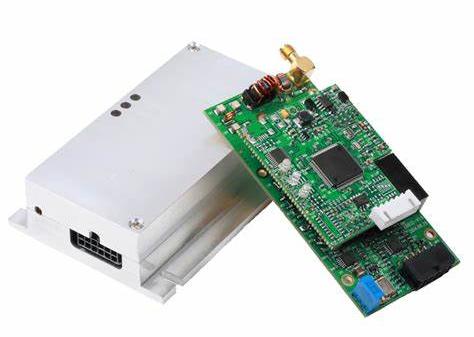
How to Choose the Right Modulators?
Selecting the optimal modulator for your laser control application requires careful consideration of several factors. Here’s a detailed breakdown to help you navigate the decision process:
1. Modulation Type Required:
- Intensity Control: Both AOMs and PWMs can modulate laser intensity. However, their approaches differ. PWMs offer a simple and cost-effective solution for basic intensity control. They adjust the average power by varying the pulse width of the laser beam. This method is suitable for applications where precise control over individual pulses isn’t critical.
- Frequency Modulation: If you need to control the laser’s frequency, AOMs are the clear choice. They utilize the acousto-optic effect to directly shift the laser’s frequency. This capability makes AOMs essential for applications like spectroscopy or generating chirped pulses for certain laser processes.
- Beam Deflection: AOMs can also be used for laser beam deflection. By strategically controlling the sound waves within the crystal, the AOM can steer the laser beam in a specific direction. This functionality is valuable for applications requiring precise beam positioning or laser scanning.
2. Modulation Bandwidth Needs:
- High Bandwidth: AOMs reign supreme in terms of modulation bandwidth. They can achieve very fast switching speeds, allowing for rapid manipulation of light properties. This makes them ideal for applications requiring high-frequency modulation or generating ultrashort laser pulses.
- Lower Bandwidth: If your application involves slower intensity variations or doesn’t require high-speed switching, PWMs may be sufficient. Their simpler design typically translates to lower bandwidth limitations compared to AOMs. However, PWMs can still achieve adequate modulation speeds for many common laser control tasks.
3. Application Constraints
- Size and Weight: PWMs are generally more compact and lightweight than AOMs. This advantage makes them a suitable choice for applications with space limitations or where portability is a concern. AOMs can be bulkier due to the crystal and additional driver electronics.
- Cost: PWMs offer a more cost-effective solution due to their simpler design and lower component requirements. AOMs tend to be more expensive due to the specialized crystal and additional driver electronics.
- System Complexity: PWMs are generally easier to integrate into a system due to their simpler design and readily available driver circuits. AOMs might require additional RF drivers and expertise in setting up the acousto-optic interaction.
Decision Tree for Modulator Selection
To simplify the selection process, consider the following decision tree:
- Do you need to control intensity, and frequency, or deflect the laser beam?
- Intensity Only: Consider PWM (simple, cost-effective) or AOM (higher precision).
- Frequency or Beam Deflection: AOM is required.
- What is your required modulation bandwidth?
- High Bandwidth: AOM is the best choice.
- Lower Bandwidth: PWM can be sufficient.
- What are your application constraints regarding size, cost, and complexity?
- Prioritize compactness and cost: Consider PWM.
- Need high precision or complex modulation: AOM might be necessary.
By following this decision-making guide and considering the key factors outlined above, you can select the most appropriate modulator for your specific laser control needs. Remember, there’s no one-size-fits-all solution. The optimal choice depends on the specific requirements of your application.
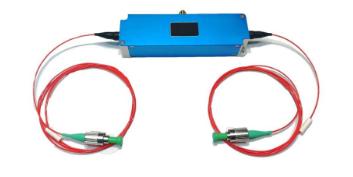

Conclusion
In the dynamic landscape of laser control, the choice between Acousto-optic Modulators and Pulse Width Modulators hinges on a nuanced understanding of their respective capabilities and limitations. By leveraging the unique advantages of each technology, laser control systems can be optimized for diverse applications spanning scientific research, industrial processing, and medical procedures. As advancements in modulator technology continue to unfold, the quest for precision and efficiency in laser control remains ever-evolving.

